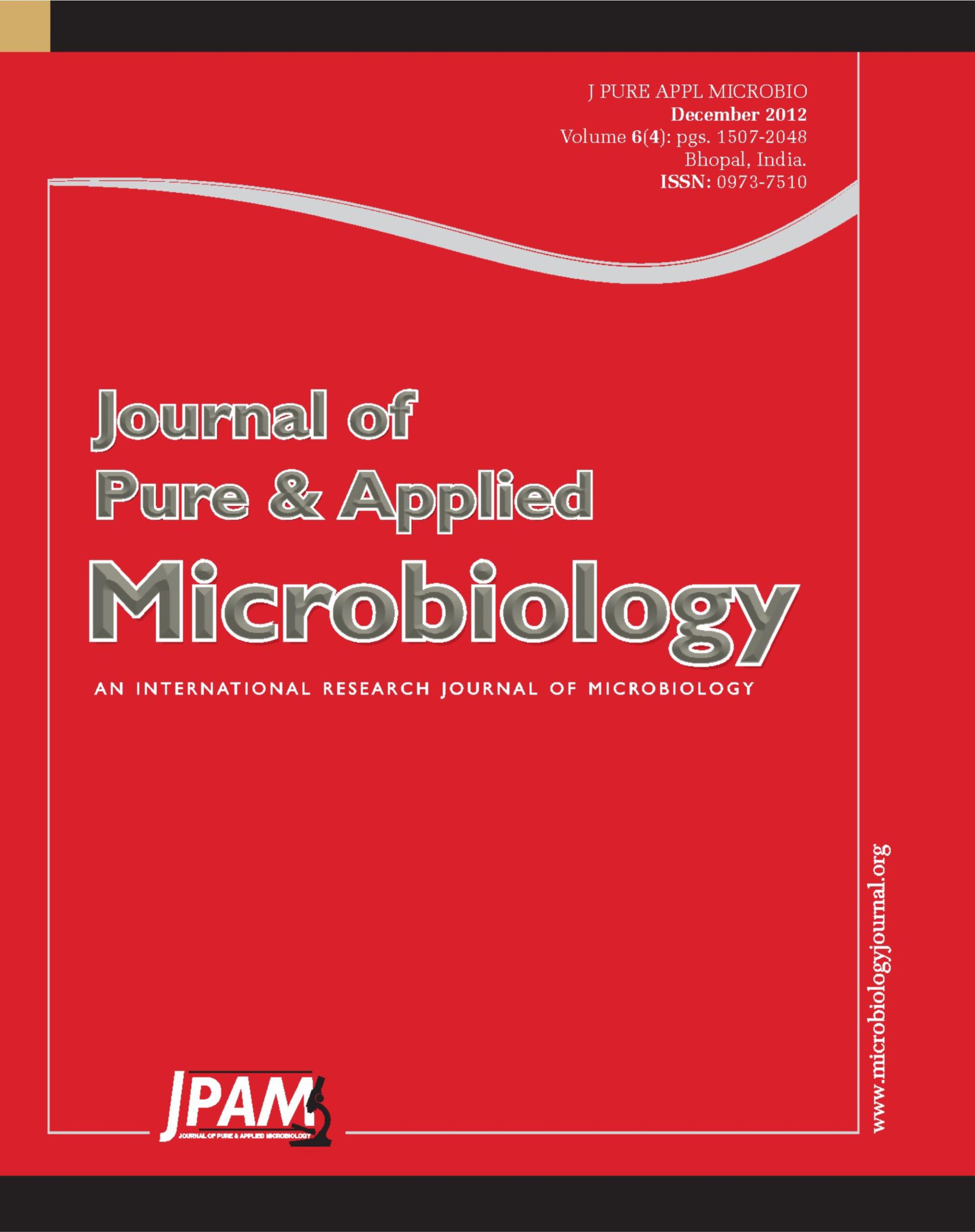Establishing and developing of huge energy project of southern Pars Company with regard to migration of non-indigenous human force from different parts of the world as labor and more specifically Afghan peoples provided the possibility of malaria transmission, and caused the occurrence of two malaria epidemics in 2002 and 2005. This study is a retrospective survey that all data were extracted from related epidemiological questionnaire forms, which are included reports of malaria cases and standard entomological surveys in Asaluyeh region. In 2002, regard to the lack of vector control vigorous programs in Asaluyeh region, the first epidemic of malaria has occurred. Just on three months, April , May and June, parasite incidence rate reached to 9.2 per thousand. In that year, predominant parasite was Plasmodium vivax (49 %) followed by P. falciparum (40%) and mix infection (13%)as well. It found that 64% of all patients was non-indigenous cases, especially Afghan peoples, who worked with oil projects. After three years, although vector control programs, active case finding treatment were carried out seriously, but another epidemic has occurred in 2005 with a parasite incidence rate of 7.5 per thousand, in April, May and June. This year 99% of all infections was caused with P. vivax and the remained 1% was due to P. falciparum. During that epidemic 81% of malaria patients were non-indigenous people, especially Iranian Baluches. The most effective factors on incidence of malaria epidemic in Asaluyeh region include: ecological changes and demographical shifts, entrance and crowding of worker population by different proceeding of parasitic infections, persistence of powerful vectors, migrant population, insufficient equipment and low member of staff in health – care systems.
Epidemics, Malaria, Bushehr, Iran
© The Author(s) 2012. Open Access. This article is distributed under the terms of the Creative Commons Attribution 4.0 International License which permits unrestricted use, sharing, distribution, and reproduction in any medium, provided you give appropriate credit to the original author(s) and the source, provide a link to the Creative Commons license, and indicate if changes were made.


